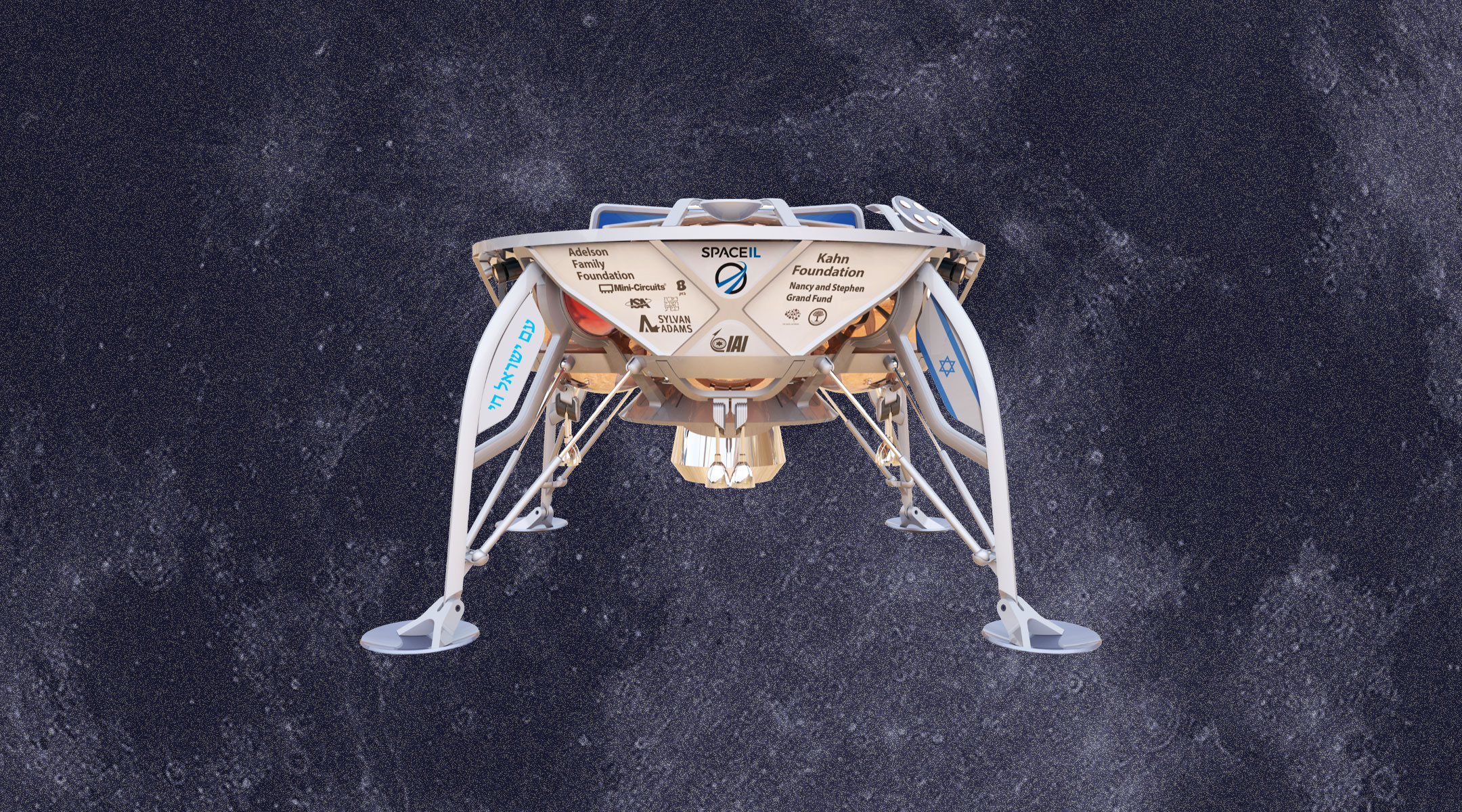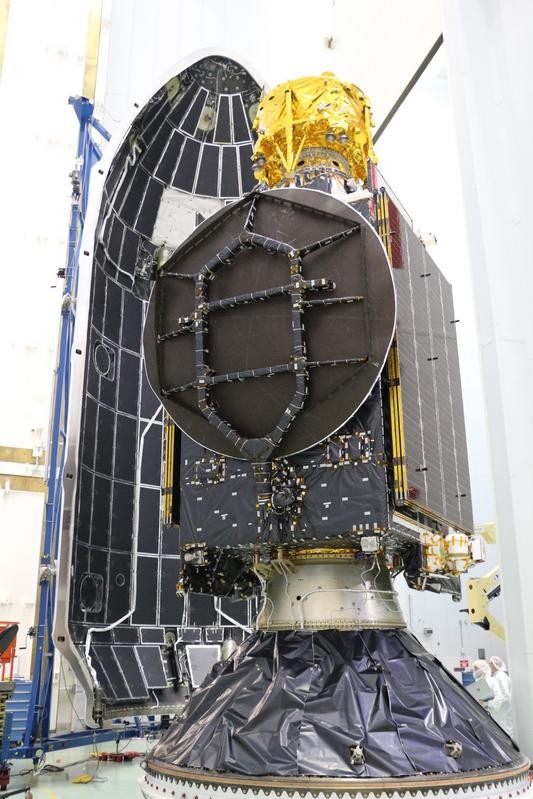The first privately funded trip to the moon is about to launch

Update: The SpaceIL lander was launched and deployed successfully on February 21, at 8:45 p.m. aboard a SpaceX Falcon 9 rocket. It's expected arrival on the lunar surface is April 2019.
More than 10 years ago, Google and X Prize offered a $20 million prize for the first nongovernmental organization to complete a lunar mission. Just under a year after the competition ended without a winner, it seems a former competitor will make an attempt. If all goes to plan, the Israel-based organization SpaceIL will be launching its lunar lander, Beresheet, on a SpaceX Falcon 9 rocket tomorrow at 8:45 p.m. US Eastern time from Cape Canaveral, Florida.
This article first appeared in The Airlock, our space technology newsletter. You can sign up here—it's free!
The lasting X Prize impact

Since the Lunar X Prize was launched in 2007, only four vehicles have successfully reached the moon. They were all government-funded, and only the two launched by China had the ability to rove on the moon’s surface—one of the Lunar X Prize’s criteria (see “Why getting back to the moon is so damn hard”).
As of March 31 of last year, when the Lunar X Prize shut down, the cash is off the table. But many of the teams that entered are pressing on. While SpaceIL will be the first to lift off, at least five previous competitors have now secured launch contracts to take them to the moon within the next two years. Moon Express, the first of the teams to get the green light to launch, is targeting 2020, and Astrobotic, which has already sold 13 spots on its first mission, is shooting for the first quarter of 2021. “If [SpaceIL] can land on the moon, it proves non-government entities can do it,” Astrobotic CEO John Thornton told me. “It shows the world our business case is that much more real.”

The journey ahead
But SpaceIL has a long journey ahead before it can claim success. About 30 minutes after liftoff, the spacecraft will disengage from the rocket and begin a 40-day trip to the moon. Two minutes after separation, Beresheet will communicate for the first time with mission control in Israel.
Over the ensuing month, the spacecraft will perform a series of phasing loops (elliptical orbits that slowly get further away from Earth) until it can enter lunar orbit. It’ll then spend six days orbiting the moon until it goes in for a landing. Its first landing opportunity will come on April 11. (If you’re interested in more detail about the journey, check out this awesome guide by the Planetary Society.)
The race for fourth
Success would put Israel on the map as the fourth country to soft-land a spacecraft—that is, achieve a non-crash landing—on the lunar surface. “This mission is a source of inspiration for people around the world,” Morris Kahn, SpaceIL’s president, said in a press release. “And we are looking forward to making history and watching as the Israeli flag joins superpowers Russia, China, and the United States on moon.”
That is, if it gets there in time.
One of the disadvantages of being a private organization is that SpaceIL doesn’t have its own rocket and it isn’t even the biggest customer for this launch. It’s actually hitching a ride alongside the primary payload, the Indonesian telecommunications satellite Nusantara Satu. “In the Apollo days they got to the moon within two days, but it will take us about one and a half months,” SpaceIL cofounder Yonatan Winetraub told NBC News. “That’s how it is if you don’t want to pay full price.”
But you know who does have a rocket? India. And India is planning to launch its Chandrayaan-2 moon mission in mid-April and take a much faster route to the lunar surface. Depending on when liftoff happens, there’s a chance India could pass the Israeli craft while it’s out there doing its umpteenth phasing loop, and nab that fourth spot right from under its rover wheels. Of course, being fifth isn’t half bad either, and it’s an amazing accomplishment no matter who gets there first. But it’ll put a bit of a time crunch on India—whose mission has already been delayed three times—if it does care about getting there first. I mean, fourth.
Keep Reading
Most Popular
How scientists traced a mysterious covid case back to six toilets
When wastewater surveillance turns into a hunt for a single infected individual, the ethics get tricky.
The problem with plug-in hybrids? Their drivers.
Plug-in hybrids are often sold as a transition to EVs, but new data from Europe shows we’re still underestimating the emissions they produce.
Sam Altman says helpful agents are poised to become AI’s killer function
Open AI’s CEO says we won’t need new hardware or lots more training data to get there.
Stay connected
Get the latest updates from
MIT Technology Review
Discover special offers, top stories, upcoming events, and more.